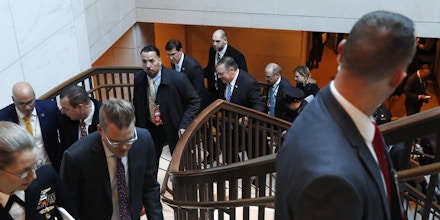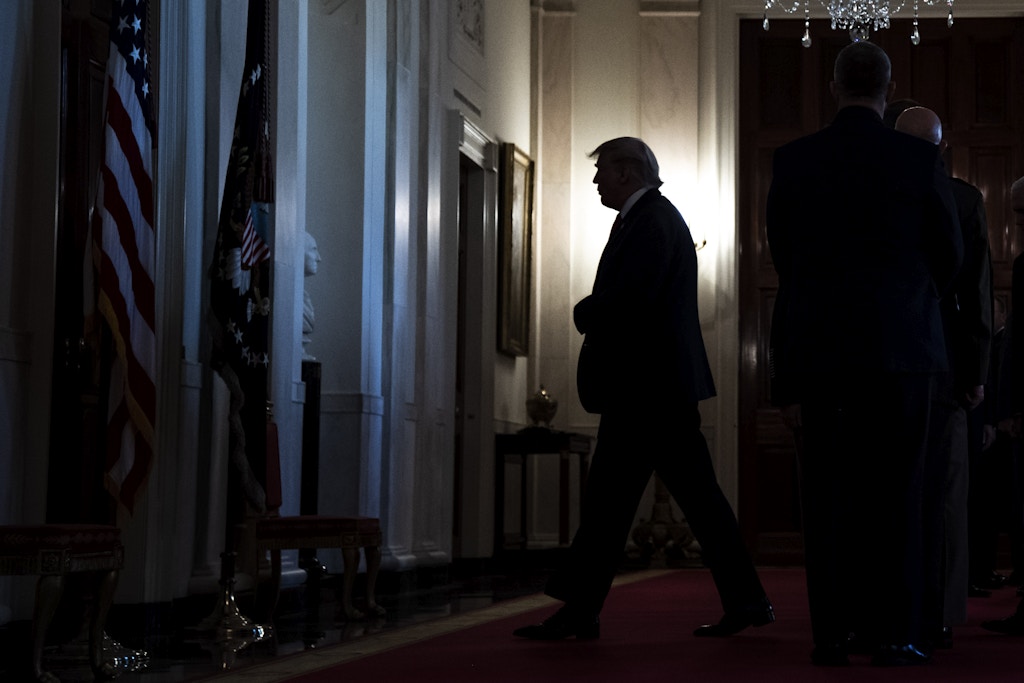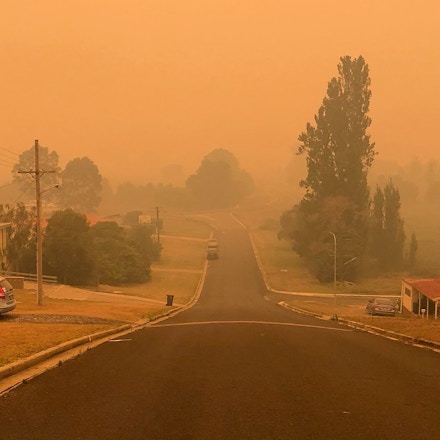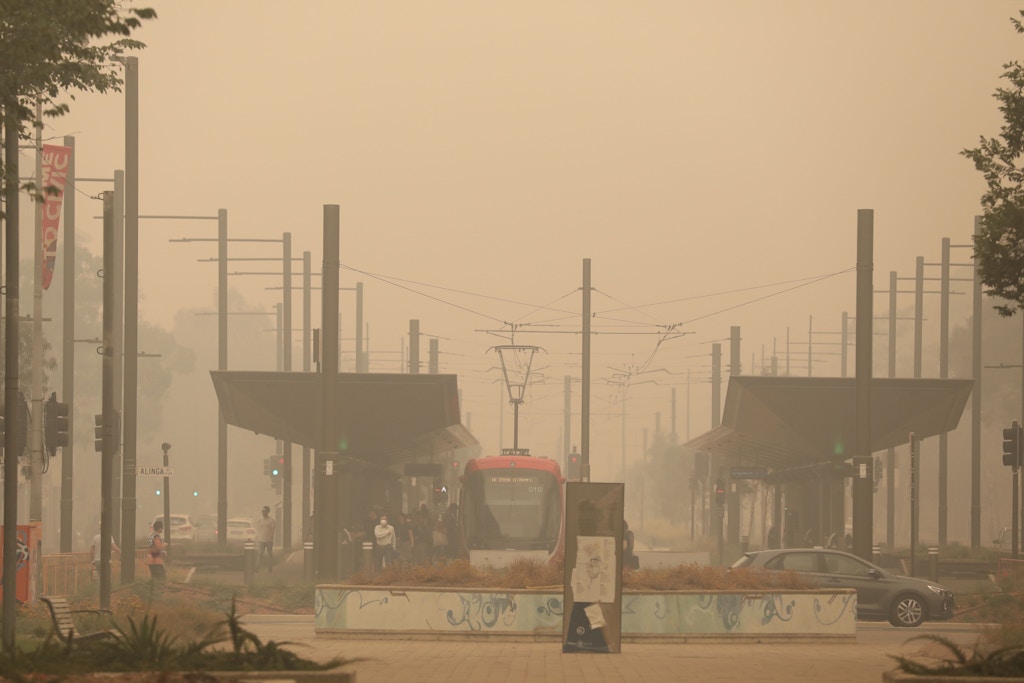Natasha Lennard January 2 2020

Former U.S. Army intelligence analyst Chelsea Manning addresses reporters before entering the Albert Bryan U.S. federal courthouse in Alexandria, Va., on May 16, 2019.
Photo: Win McNamee/Getty Images
ON NEW YEAR’S Eve, as personal reflections on the last decade flooded in, Chelsea Manning’s account tweeted that she had spent 77.76 percent of her time since 2009 in jail. That same day, the United Nations Special Rapporteur on Torture Nils Melzer publicly released a letter from late last year accusing the United States of submitting Manning to treatment that is tantamount to torture.
“Such deprivation of liberty does not constitute a circumscribed sanction for a specific offense, but an open-ended progressively severe measure of coercion.”
It does not take a U.N. expert to recognize the current conditions of Manning’s incarceration as a form of torture. It is the very definition of torture to submit a person to physical and mental suffering in an effort to force an action from them. Since May, Manning has been held in a Virginia jail for refusing to testify before a federal grand jury investigating WikiLeaks. Manning has not been charged with or convicted of a crime. And her imprisonment on the grounds of “civil contempt” is explicitly coercive: If she agrees to testify, she can walk free. If she continues to remain silent, she can be held for the 18-month duration of the grand jury or, as the U.N. official noted, “indefinitely with the subsequent establishment of successive grand juries.”
Each day she is caged, Manning is also fined $1,000. If she is released at the end of the current grand jury, she will owe the state nearly $500,000 — an unprecedented punishment for grand jury resistance. And Manning has made clear, she would “rather starve to death” than comply with the repressive grand jury system, a judicial black box historically deployed against social justice movements.
“Such deprivation of liberty does not constitute a circumscribed sanction for a specific offense, but an open-ended progressively severe measure of coercion,” Melzer, the U.N. special rapporteur, wrote of Manning’s treatment. Melzer’s November letter, which was made public this week, stated that Manning’s coercive imprisonment fulfills “all the constitutive elements of torture or other cruel, inhuman or degrading treatment or punishment” and “should be discontinued or abolished without delay.” The letter asks that the U.S. government provide factual and legal grounds for Manning’s ongoing imprisonment and fines, “especially after her categorical and persistent refusal to give testimony demonstrates the lack of their coercive effect.”
Manning’s supporters and legal team have long stressed that no such legal grounds exist. Manning has proven again and again that her grand jury resistance is unshakeable; the coercive grounds for imprisonment are thus undermined and her jailing is revealed to be purely punitive. Federal Judge Anthony Trenga, who ordered Manning’s torturous incarceration, should be compelled to release her as a point of law, regardless of U.N. censure. This is not to say, however, that coercive incarceration is defensible in cases where it works to compel testimony — it is not. Manning’s resistance has highlighted the brutality of the practice tout court.
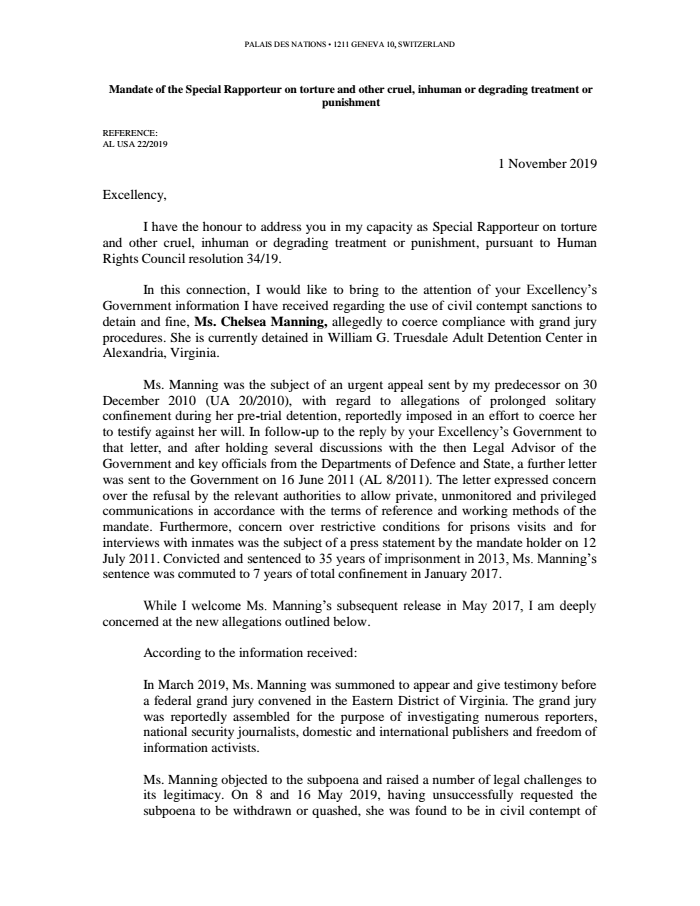
United Nations Special Rapporteur on Torture Letter on Chelsea Manning6 pages
MANNING’S ATTORNEY, CIVIL rights lawyer Moira Meltzer-Cohen, said that she hopes the U.N. official’s letter calls greater attention to the use of coercive detention generally, as well as the specific cruel treatment of her client. “While the United States has failed to live up to its human rights obligations, I remain hopeful that the government will reconsider its policies in light of the U.N.’s admonition,” Meltzer-Cohen said in a public statement. She also told me that the U.N. special rapporteur’s recognition of Manning’s refusal to be coerced can serve as further evidence to the judge.
In a statement from jail, Manning said, “I am thrilled to see the practice of coercive confinement called out for what it is: incompatible with international human rights standards.” The grand jury resister is, however, under no illusions about the U.S. government’s willingness to flout its purported human rights obligations in the face of admonitions from the international community. As she put it, “even knowing I am very likely to stay in jail for an even longer time, I’m never backing down.”
“I am thrilled to see the practice of coercive confinement called out for what it is: incompatible with international human rights standards.”
Indeed, as the U.N. special rapporteur noted, his predecessor wrote a number of appeals to the U.S. government from 2010 onwards regarding the cruel and torturous treatment to which Manning was subjected prior to and during her confinement in military prison. Yet her 35-year sentence was not commuted until 2017 by President Barack Obama. Manning noted in her New Year’s Eve tweet that she spent 11.05 percent of the last decade in solitary confinement and over half of her years behind bars “fighting for gender affirming care.” She attempted to take her own life twice during her time at the military prison in Fort Leavenworth, Kansas.
Suffice it to say, U.N. appeals have never secured Manning’s liberty or safety. And as, Meltzer-Cohen noted in her statement on the U.N. official’s letter, “In the two months since the letter was conveyed to the United States, Ms. Manning has remained confined, and the daily fines imposed upon her have continued to accrue.”
If the letter fails to sway the government, it should, at the very least, serve as a public reminder to support a political prisoner. Though the last decade of Manning’s life has been marked by torture, she has responded with fierce resistance and struggle for liberatory social justice at every turn. In the tweet tabulating her last 10 years, Manning ended by noting that she devoted “0.00%” of her time “backing down.” The U.N. special rapporteur’s recognition of her refusal to be coerced is welcome. Our solidarity is more than deserved.

 Robert Mackey
Robert Mackey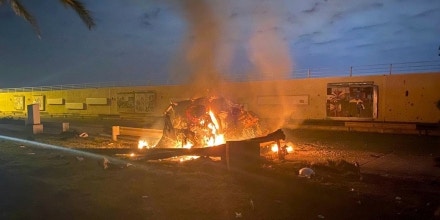 Read Our Complete CoverageTargeting Iran
Read Our Complete CoverageTargeting Iran
